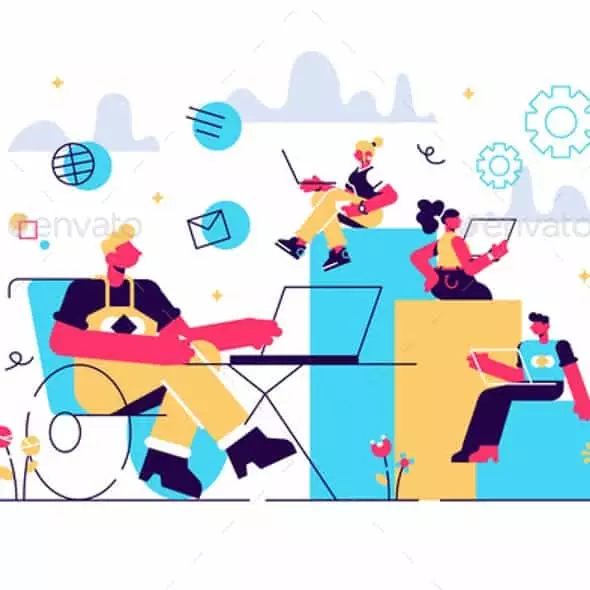What is the shape of disability activism? There is a lot of natural variation in the large and diverse disabled population, and many different opinions among the smaller core of committed disability activists.
But there are some beliefs, positions, and mindsets that shape the community of individuals and organizations loosely referred to as “Disability Activism.” They aren’t exactly boundaries or litmus tests. They are more like magnets that draw disability advocates in certain directions. What are these key positions? How do we identify them?
Here are five questions that go a long way towards defining disability activism as more than a set of moods and activities, but rather a movement with both diversity and a distinct direction.
Is disability mainly a medical or a social experience?
The disability experience has two main aspects. First, there are people’s own mental and physical conditions, practical impairments, pain, discomfort, illness, and lack or loss of functioning. These form the conventional components of disability itself. It is essentially a person experience, and medically based.
Then there are the barriers people encounter that are related to their disabilities, but come from the outside. This can include lack of physical, sensory, or mental access to essential spaces, processes, goods, and services – and discrimination by individuals, laws, institutions, and practices. These are the social forces that make disability so much more than a purely personal and medical experience.
These two aspects of disability have for some time been referred to as the “Medical” and “Social” models of disability. Most disabled people experience elements of both. But whichever comes to be your dominant concern is both affected by and then further shapes how much you look to yourself for a better life and how much you look to outside people and social forces.
Modern disability activism is mostly based in the Social Model of disability. It is more concerned with collective action to make society more accepting, equitable, and accessible, and focused much less on funding for medical research or development of new treatments and therapies. This less a matter of right or wrong, than it is a difference in focus. But it’s enough of a difference to give disability activism a noticeably different tone, flavor, and direction than, say, fundraising for medical research, or treatment of disabling conditions. Broadly speaking, disability activism seeks to fix society’s ableism, not fix disabled people’s disabilities. That gives disability activism it’s most essential and distinct shape and dimension.
Read the full article at Forbes.



